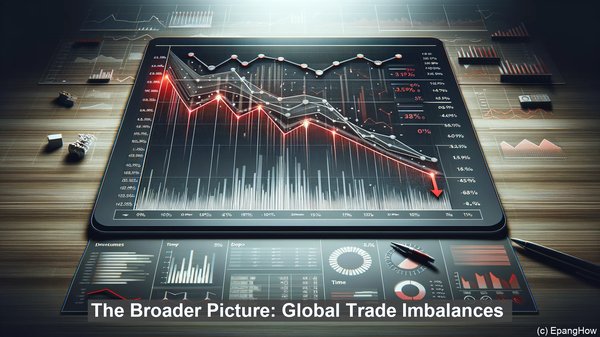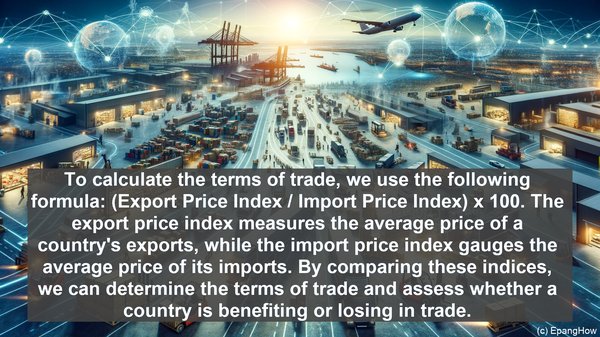Introduction: The World of International Trade
Hello everyone, and welcome to this article on the fascinating realm of international trade. Today, we’ll be exploring two crucial concepts: terms of trade and balance of trade. While they may seem similar, they have distinct meanings and implications. So, let’s dive in!
Defining Terms of Trade
Terms of trade refer to the ratio at which a country can exchange its exports for imports. In simpler terms, it’s the price of a nation’s exports relative to its imports. This ratio is expressed as an index, with a base year typically set for comparison. When a country’s terms of trade improve, it means it can buy more imports with the same quantity of exports, indicating a favorable position.

Understanding Balance of Trade
The balance of trade, on the other hand, is the difference between the value of a country’s exports and imports over a given period. It’s a measure of the trade flow, indicating whether a country has a trade surplus or deficit. A trade surplus occurs when exports exceed imports, while a trade deficit arises when imports surpass exports. The balance of trade is often seen as an indicator of a country’s competitiveness and economic health.
Calculating Terms of Trade
To calculate the terms of trade, we use the following formula: (Export Price Index / Import Price Index) x 100. The export price index measures the average price of a country’s exports, while the import price index gauges the average price of its imports. By comparing these indices, we can determine the terms of trade and assess whether a country is benefiting or losing in trade.

Determinants of Terms of Trade
Several factors influence a country’s terms of trade. One key factor is global demand and supply dynamics. If there’s high demand for a country’s exports, its terms of trade are likely to improve. Conversely, if there’s a surge in global supply, leading to lower prices, the terms of trade may decline. Additionally, exchange rates, trade policies, and production costs also play a role in shaping the terms of trade.
Interpreting the Balance of Trade
A country’s balance of trade can have various implications. A trade surplus, for instance, can indicate competitiveness in the global market, as it means a country is exporting more than it’s importing. It can also lead to an inflow of foreign currency, which can be beneficial for the domestic economy. On the flip side, a trade deficit may raise concerns, as it implies a reliance on imports and potential outflow of currency.
The Broader Picture: Global Trade Imbalances
When we zoom out and look at the global scenario, we often come across trade imbalances between countries. Some nations consistently have trade surpluses, while others have deficits. These imbalances can impact exchange rates, international relations, and even lead to trade disputes. Addressing and managing these imbalances is a complex task that requires coordination and collaboration among nations.
